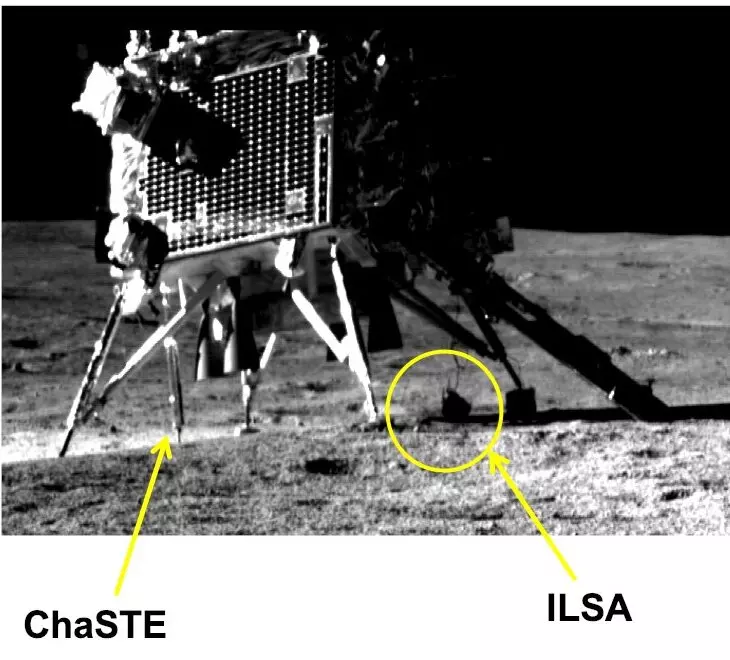
Chandrayaan-3 I In a first, rover Pragyan takes snapshot of lander Vikram
The Chandrayaan-3 rover, Pragyan, unveiled a mesmerizing image of its lunar companion, the lander Vikram

The Chandrayaan-3 rover Pragyan showcased its photography skills on Wednesday (August 30), treating us to a captivating snapshot of its lunar companion, the lander Vikram.
In a first, Pragyan's Navigation camera took the reins, marking a change from its earlier role as a silent observer. Up until this lunar moment, the limelight had been squarely on Vikram, the star photographer capturing all the visual glories.
The tweet-worthy moment arrived as the Indian Space Research Organisation (ISRO) proudly unveiled the image, aptly calling it the "mission's image."
The Navigation Cameras (NavCams) installed on the rover were created by the Laboratory for Electro-Optics Systems (LEOS) situated in Bengaluru.
Just last week, a historic milestone was achieved as the lander Vikram of Chandrayaan-3 successfully landed on the lunar surface.
This accomplishment positioned India as the fourth nation to attain such a feat and notably, the first to achieve a landing on the unexplored southern pole of Earth's closest celestial companion.
Merely a day following the rover's identification of sulphur in the vicinity of the Moon's South Pole, a new image has emerged.
The robotic vehicle has already identified a range of elements including aluminium, calcium, iron, chromium, titanium, manganese, silicon, and oxygen, as disclosed by ISRO on Tuesday (August 29).
In a statement, ISRO explained, "Utilising the Laser-Induced Breakdown Spectroscopy (LIBS) instrument housed within the Chandrayaan-3 Rover, groundbreaking in-situ measurements of the elemental composition of the lunar surface near the southern pole have been accomplished. These direct measurements firmly establish the presence of sulphur (S) in the region, a determination that was previously unattainable via orbiter-based instruments."

